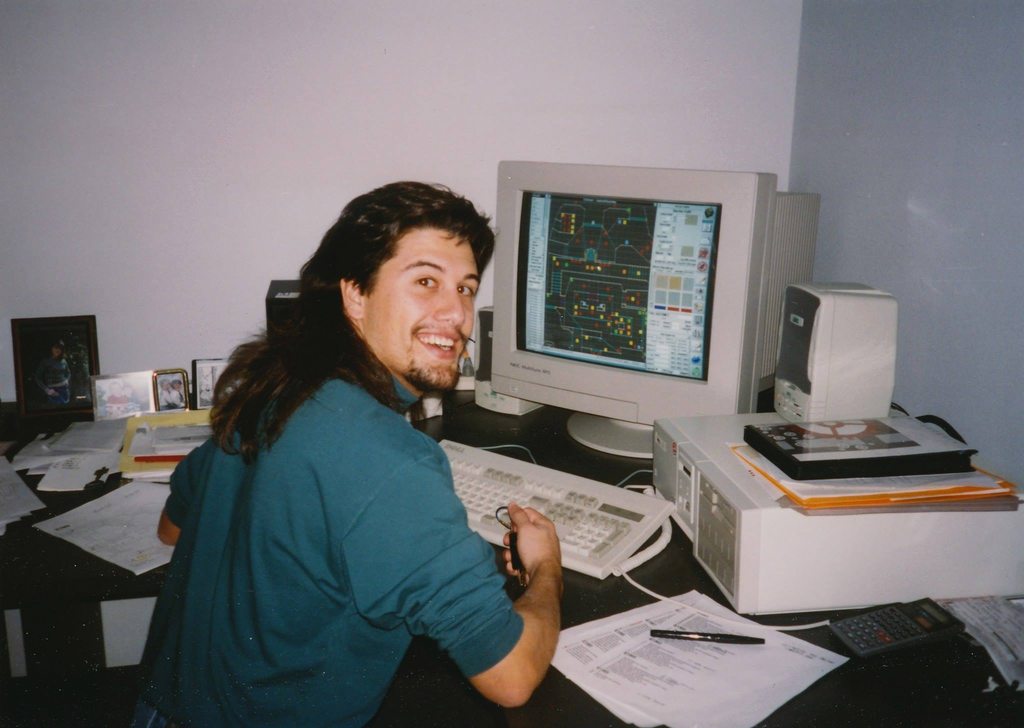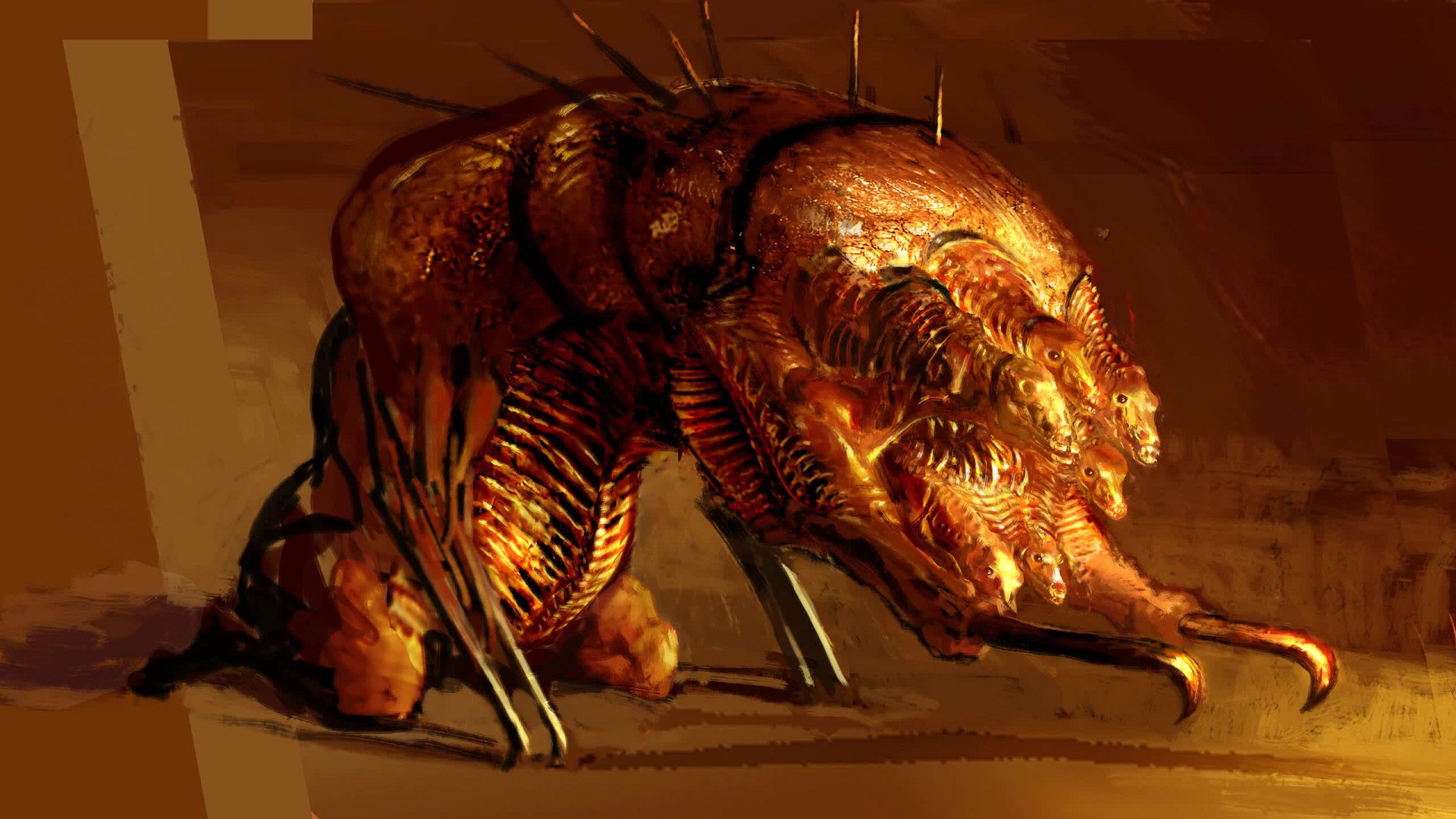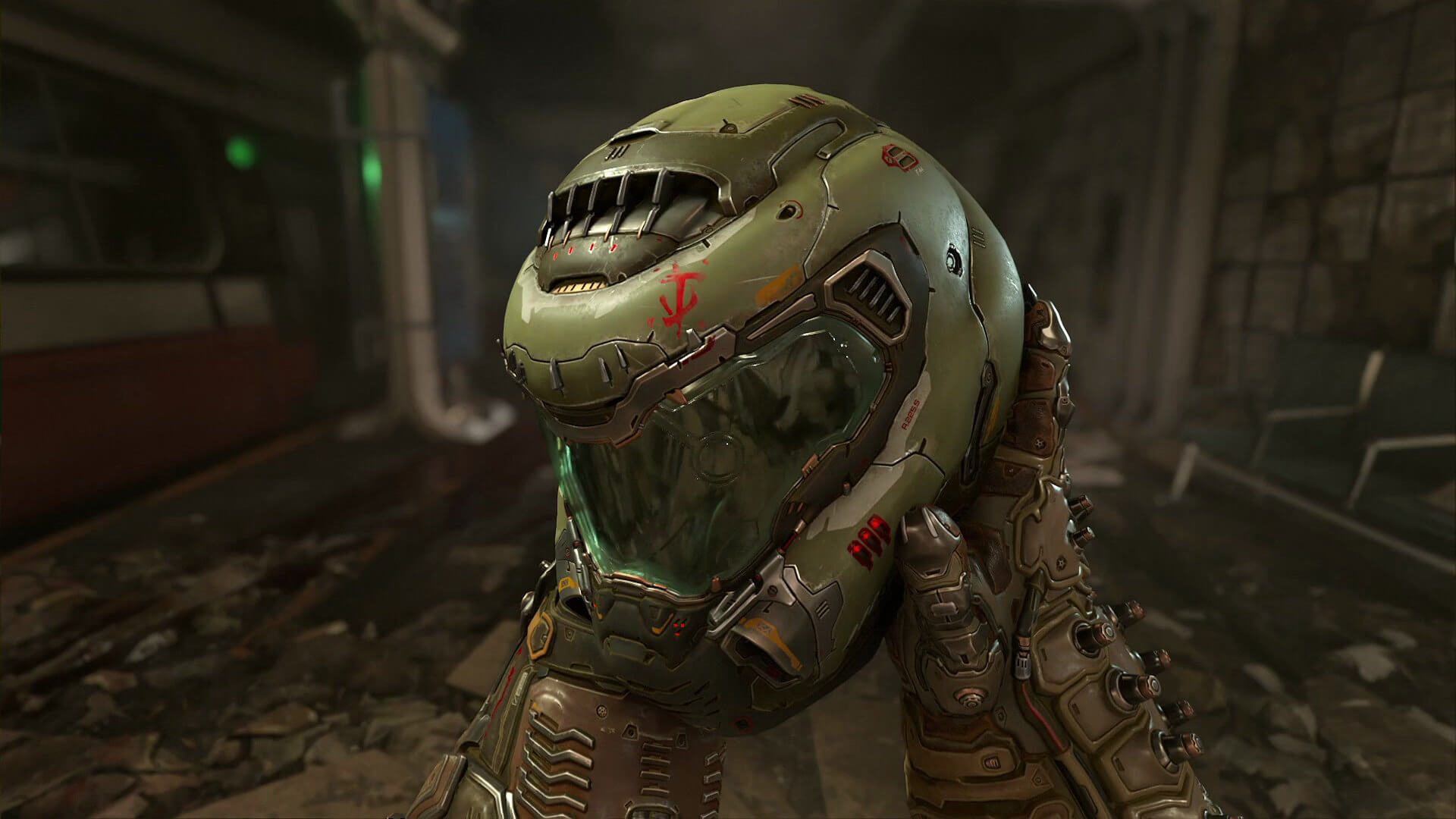
HISPANICS IN GAMES – LOVE FIRST-PERSON SHOOTERS? THANK JOHN ROMERO
Welcome to the latest entry in this bi-weekly endeavor we call Hispanics in Games. Today, we are talking about gaming history, so listen up! Though it is arguable that the FPS genre did not start with id Software (the honor perhaps going to 1973’s Maze Wars, designed by NASA engineers in their spare time), it is equally undeniable that the company’s outings in the 90’s would forever informe the core tenets of first-person shooting games. And behind these landmark games stands legendary programmer John Romero. Son of Ginny and Alfonso Romero (a first-generation Mexican-American), his work would help define a generation’s obsession with shooting games. And to think it all started with a humble slice of Apple II.
THE EARLY YEARS
As it is the case for many, Romero’s love for video games started in the arcades. Space Invaders (1978) and Pac-Man (1980) in particular played a large role in little John’s ever-dwindling stack of quarters. But it only after he played a few rounds of text-based games such as Colossal Cave Adventure (1976) and Zork (1977) at his school’s computer lab that he thought of making such games himself. His parents got an Apple II for the home, and Romero’s life would change forever. He’s said many times that, once he started programming on the Apple II, he knew he’d make games.

When he was only 23 years old (an age at which I was still very much a disappointment to my parents), he had his first published game. Scout Search was released in 1984 through inCider Magazine, a very popular Apple II publication. After releasing numerous games through various magazines, he’d join Origin Systems (1987), where he worked on games like 2400 A.D. and Space Rogue.
He later ported games like Might and Magic II, Tower Toppler and Dark Castle. Down the road, John co-founded Ideas from the Deep, along with Lane Roathe, and they worked on Zork Zero, Arthur, Shogun and Journey.
In 1991, Romero joined Softdisk. It was this new endeavor which would bear the most fruit, as this is where he met, hired, and then recruited, John D. Carmack, Adrian Carmack and Tom Hall. The four would leave Softdisk to form a little company by the name of id Software.
ID SOFTWARE AND THE UNHOLY TRINITY
If you’re around my age, chances are your first introduction to Romero’s work was Wolfenstein 3D (1992). The previous year had been huge for arcade and console releases (Street Fighter II, Sonic The Hedgehog, Super Mario World, The Legend of Zelda: A Link to the Past, to name but a few). But 1992’s world would be shook by Wolfenstein 3D, and video games would change forever.
In my eyes, it was Wolfenstein 3D that helped cement the PC (and by this I mean the IBM-compatibles) as a viable gaming alternative. The distribution model, for example, was gamer-friendly: the first episode was shareware, so anybody could get a copy quite easily. If you wanted more, you paid a nominal fee. It was a great way of burrowing a deep trech in the hearts of PC owners the world over.
The game also established some of the FPS tropes we take for granted today: showing the gun in the player’s hand, different gun times, texture maps, different routes, medipacks, and more.
1993 brought us DOOM which, arguably, improved upon Wolfenstein 3D in every possible way. The distribution model remained the same, but the engine was open, which meant the community of modders flourished. It’s quite possibly the first game to have a heavily-active modding community (which remains active to this day). Deathmatches (a term attributed to Romero himself) were created, and friendships were never safe again.

The level design is also incredibly revolutionary, introducing true verticality, even more keys/passageways, and more. The soundtrack, composed by Bobby Prince, is often quoted as one of the greatest ever made. The game was a smash hit, and things at id Software appeared to have only one way to go: up.
Quake, released in 1996, would revolutionize first-person shooters once again. It introduced true polygonal 3D, hardware acceleration for certain video cards, and deathmatches over the internet. Every time you die in CS:GO or Fortnite because a teenager spent all quarantine playing while you were working, it’s thanks to Quake. The game would be a bittersweet note in John Romero’s symphony, however: it’d be the last id Software game he’d work on. He left right after the game released, and therefore, didn’t even get any money from it. He’d cite a mutual desire to part ways, as well as id Software’s focus on engine development, rather than game development.
But it’d be far from the last thing John Romero would do.
JOHN ROMERO’S AFTER YEARS
After setting the industry ablaze with id Software, John Romero’s professional life may look chaotic to some. To me, it reflects Romero’s nomadic, artitic nature to the core: he worked at (and founded) more than 10 different companies, including Midway, Eidos, THQ and Ubisoft. He made games for every platform imaginable, including social games for Facebook. In 2017, he’d start releasing games through his copmany Romero Games Ltd. SIGIL, which released in 2019, was very well received and earned him critical praise.
YOU CAN DOWNLOAD SIGIL FOR FREE HERE.
Some may see Romero’s seemingly lackluster box office results after leaving id Software as a failure. But having set the industry ablaze three times on the trot is, in my eyes, enough to earn the man the right to experiment with his career and do games for the love of gaming, and not to do “the next big thing”. That is something which I can thoroughly respect.
Another highlight is, surprisingly, Ravenwood Fair. This Facebook-only game launched on October 2010, and though it only lasted for 3 years, it’s a game on which he work closely with his now-wife, Brenda.
Brenda, by the way, is an accomplished designer and developer, having worked on series such as Wizardry, Jagged Alliance and Dungeons and Dragons.
It is worth noting that, while at id Software, John Romero did not only work on first-person shooters. In fact, he’s co-creator of Commander Keen, a much-beloved series of adventure-platformers that is credited as bringing the “Mario” experience to PCs, while at the same time, innovating in many areas.
He also worked on groundbreaking tech that is still used to this day, such as the DoomEd and QuakeEd level editors (used to this day for modding), DM (a tool for deathmatching), TED5 (the level editor for Commander Keen and Wolfenstein 3D: Spear of Destiny), and more.
And if you count the number of game developers who cite John Romero as an influence, you’ll soon see just how deep this Hispanic’s hand reaches into the demonic vowels of the wonderful hellscape we lovingly call gaming.




